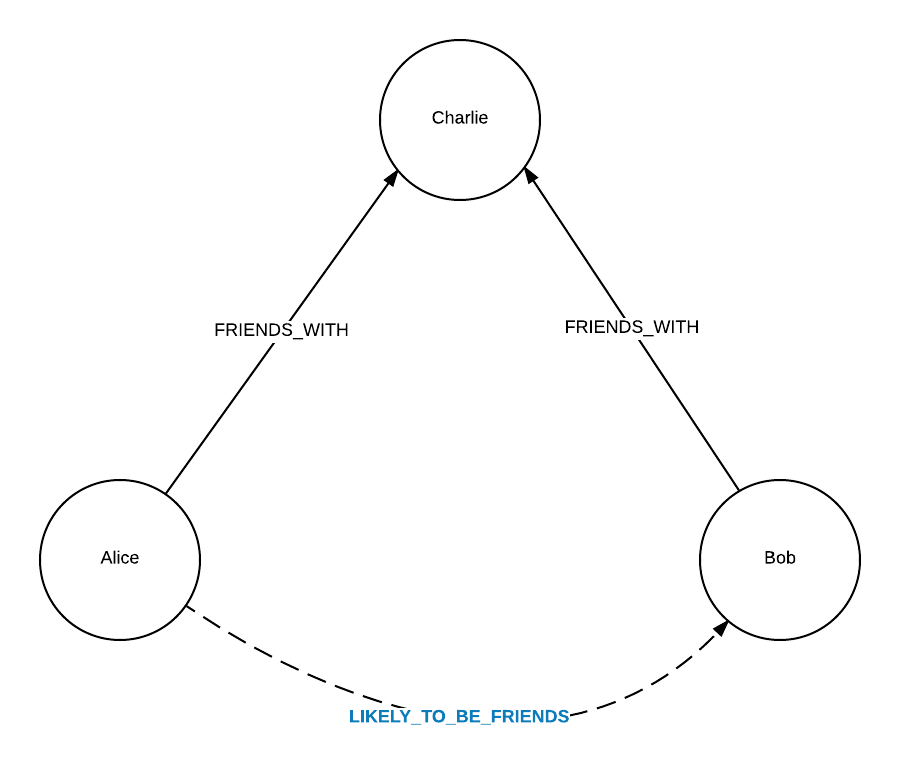Humans are social animals that are constantly looking for social acceptance and approval. It has been hardwired into our brains evolution since being in a group dramatically increases the chances that the individual will survive. It’s why we try to constantly track the responses of those around us, and is why people who don’t notice subtle social cues or body language have difficulty communicating. The difference between interactions in a physical and online environment is that, while out brains still function the same way, some of the stimulus required to help moderate our behaviour is blocked, and in some cases, our tribal behaviour is even intensified.
The primary goal of any site on the internet is to maximize user engagement, which is to say, make sure the user stays on their site for as long as possible. This is especially true for social media and networking sites that depend on selling ad space for profit. Given a human’s tribal brain and a platform where people share information and content, social media’s best bet to keep people on their site is to show them what they want to see.
Take for example Facebook. Facebook tries to keep their users online by making them feel comfortable and accepted, and what better way than to connect a user with people that already accept them, their in-person friendships. Given Fb can’t be entirely sure who a user’s every friend is, it extrapolates that information from the people they’re already friends with, exploring mutual acquaintances using the social networking concept of triadic closure. Triadic closure here is the idea that if a user has strong bonds with two other users, two close friends, then it is likely that the two other users may also be friends, or at the very least, know or be interested in knowing each other. For a user on Fb, this means they are generally connected with people who are at least acquainted with the people they already know.

Another aspect of Fb beyond friending someone is the sharing of content. As Fb wants to keep users on their site for as long as possible, it is in their best interests to show a user things they will like and want to see more of. At first, this information may come from the user’s friends as they may, most likely, have common interests. But as the user interacts with the system, liking or disliking, commenting and sharing, Fb gets a better idea of what appeals directly to the user in question and directs similar content their way, so as to keep them engaged.
In the physical world, people moderate themselves due to a fear of rejection from the social structures they are a part of, even if they hold opposing views from others in their community. People who have to live and work with each other are more willing to communicate and discuss their views in hopes of reaching an agreement, due to the social consequences of antagonistic relationships in-person.
On the other hand, the social cost of angering someone or garnering disapproval is comparatively smaller online, where if a user disagrees with another on a certain topic, there may be no obligation on either side to try to convince the other of their perspective. As such, users can easily distance themselves from those they don’t have much in common with, while seeking the acceptance of groups they already identify with. In online communities where the cost of entering and leaving is nothing, it is more work for a user to try to advocate for moderation than to simply leave and find their own echo chamber.
This homophily, the tendency of individuals to associate with similar others, is an inherent part of human biology that social media and social networking sites can use to keep the attention of their users while also quickly delineating individuals into groups they can advertise to. This is beneficial for the platform, but turns any online interaction for the user into an echo chamber that bounces their own views and opinions back to them, which can be intensely harmful as it creates an environment of approval for all behaviours, including ones that are prejudiced or destructive.
Preventing groups with self-affirming content requires members to have relationships with communities that may have directly opposing views that the original group. This should theoretically be possible, at the very least for people undecided on their opinions, but is not a sustainable state in the long term, as per the Theory of Structural Balance for networks. It suggests that there are certain stable configurations that networks may morph, into over time: specifically, the idea of ‘the enemy of my enemy is my friend’ and ‘the friend of my friend is my friend.’

The latter is what is applied alongside triadic closure to suggest friendships on Fb, while the former forces the idea that, if there is friction or enmity between the two groups, anyone caught in between would at some point have to make a choice. Which is to say, if a user if friends with two people or groups that hate each other, at some point it is likely they will pick a side. This denotes the isolationism of these networks as their most stable form within the current system.
In an effort to keep users on their platform, social media strives to create accepting communities. But as a result of human tribal mentality, social network interactions and the platforms’ own goals, this acceptance comes at the cost of isolation in a cycle of approval without mediation from outside voices.
Citations:

I will right away snatch your rss as I can’t in finding your email subscription link or newsletter service. Do you have any? Kindly let me recognise in order that I could subscribe. Thanks.
I got good info from your blog